Bloody Dock Care: How To Grow Red Veined Sorrel Plants
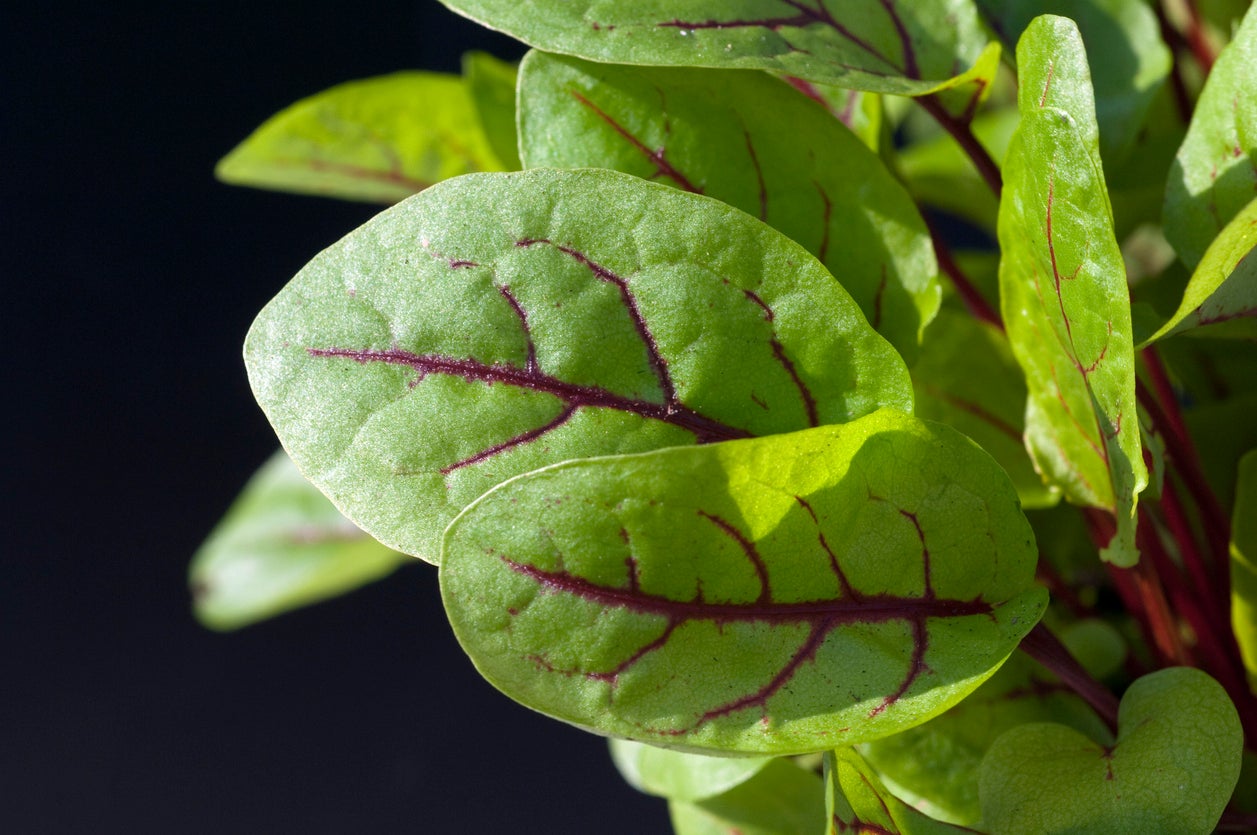
Have you ever heard of the plant with the name of bloody dock (also known as red veined sorrel)? What is red veined sorrel? Red veined sorrel is a decorative edible that is related to French sorrel, the type that is more commonly grown for use in cooking. Interested in growing red veined sorrel? Read on to learn how to grow red veined sorrel and tips for bloody dock care.
What is Red Veined Sorrel?
Bloody dock plant, aka red veined sorrel (Rumex sanguineus), is a rosette forming perennial from the buckwheat family. It generally grows in a clumping mound that reaches around 18 inches (46 cm.) in height and is just as wide.
Bloody dock plant is native to Europe and Asia but has naturalized in some areas of the United States and Canada. Wild growing red veined sorrel can be found in ditches, clearings, and forests.
It is cultivated for its lovely green, lance-shaped leaves that are marked by red to purple veining, of which the plant gets its common name. In the spring, the reddish stems bloom with tiny star-shaped flowers in clusters growing up to 30 inches (76 cm.) in height. Flowers are green at first emergence then darken to a reddish brown, followed by a similarly colored fruit.
Is Bloody Dock Edible?
Bloody dock plants are edible; however, some caution is advised. The plant contains oxalic acid (so does spinach) which may cause stomach discomfort when ingested or skin irritation on sensitive people.
Oxalic acid is responsible for giving red veined sorrel a bitter lemon flavor and in large quantities can cause mineral deficiencies, specifically calcium. Oxalic acid is minimized when cooked. It is suggested that people with pre-existing conditions avoid ingesting.
If you are going to harvest red veined sorrel as a vegetable, harvest the tender young leaves that can be eaten raw or cooked as you would spinach. Older leaves become tough and bitter.
Gardening tips, videos, info and more delivered right to your inbox!
Sign up for the Gardening Know How newsletter today and receive a free copy of our e-book "How to Grow Delicious Tomatoes".
How to Grow Red Veined Sorrel
Bloody dock plants are hardy to USDA zones 4-8 but can be grown as annuals in other areas. Sow the seeds directly into the garden in the spring or divide existing plants. Situate the planting in full sun to partial shade in average to moist soil.
Bloody dock care is minimal, as this is a low maintenance plant. It can be grown around ponds, in a bog, or in a water garden. Keep the plants moist at all times.
The plant can be invasive in the garden if allowed to self-sow. Remove the flower stalks to prevent self-seeding and promote bushy leaf growth. Fertilize once a year in the spring.
Common issues include slugs, rust, and powdery mildew.

Amy Grant has been gardening for 30 years and writing for 15. A professional chef and caterer, Amy's area of expertise is culinary gardening.
-
 Looking For Plants To Give You The Soft And Fuzzies? Try These 5 Fuzzy Leaf Plant Options
Looking For Plants To Give You The Soft And Fuzzies? Try These 5 Fuzzy Leaf Plant OptionsLovers of texture, drama, silver foliage and tactile plants will adore these special sensory garden additions. These fuzzy leaf plant options will leave you all aglow
By Susan Albert
-
 Get Ready For A Summer Of Hummers! Grow These Full Sun Hummingbird Plants and Flowers
Get Ready For A Summer Of Hummers! Grow These Full Sun Hummingbird Plants and FlowersIf you’re lucky enough to enjoy a sunny backyard, make sure you are maxing out on your pollinator opportunities and grow these full sun hummingbird plants and flowers
By Tonya Barnett
-
 Sorrel Plant Uses – Tips On Using Sorrel Herbs In Cooking
Sorrel Plant Uses – Tips On Using Sorrel Herbs In CookingSorrel is an herb commonly used throughout the world. There are a number of uses in the kitchen for sorrel herb plants. It can be eaten fresh or cooked and has a bright, lemony tang. To learn more about cooking with sorrel, click the following article.
By Amy Grant
-
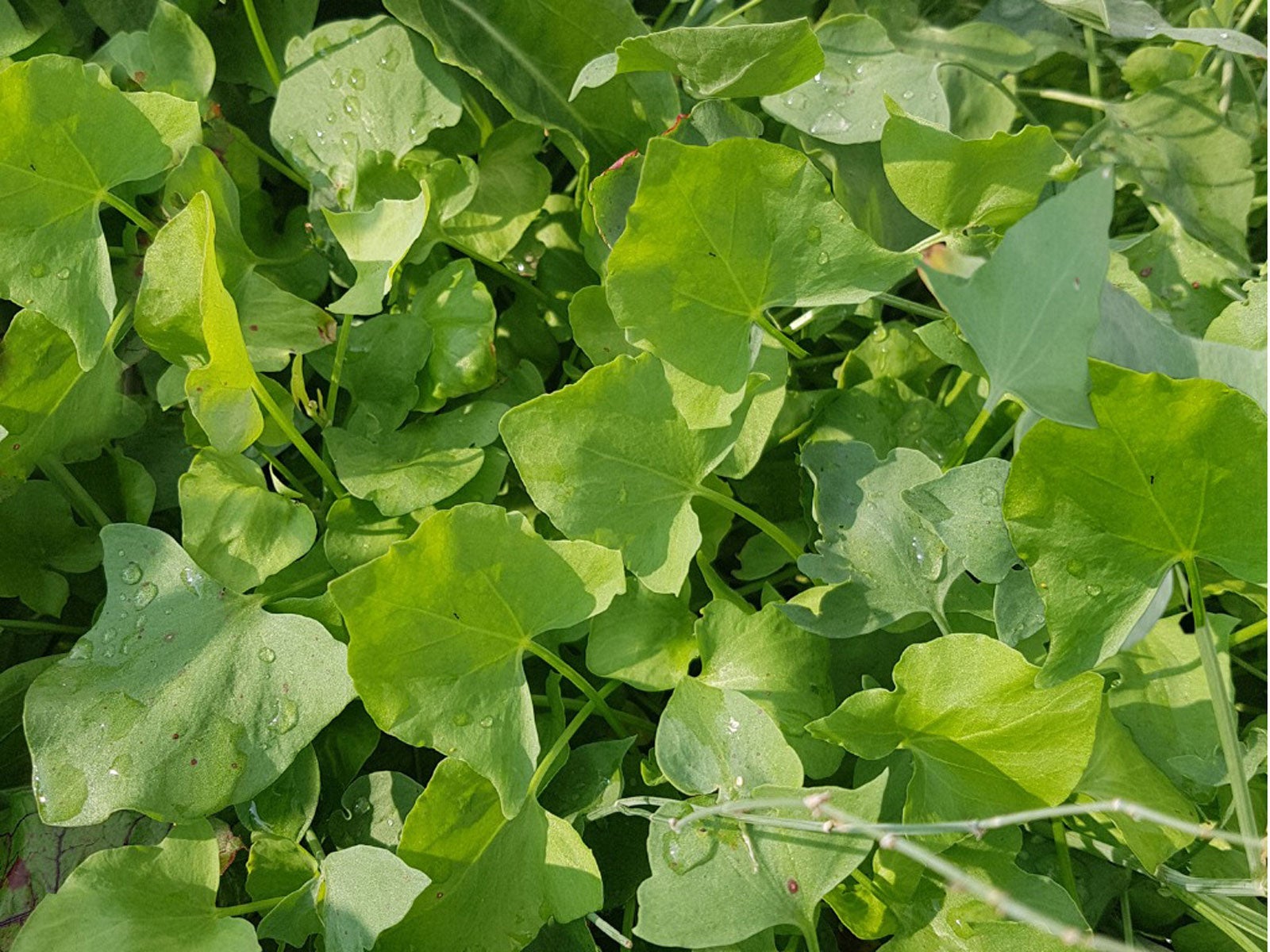 Caring For French Sorrel Herbs: How To Grow French Sorrel Plants
Caring For French Sorrel Herbs: How To Grow French Sorrel PlantsWhat is French sorrel? Having a long history of use, this perennial herb can be used fresh or for cooking, lending citrus-like flavor to many dishes. If you think the French sorrel herb plant could be what you need to complete your kitchen garden, click here for more information.
By Bonnie L. Grant
-
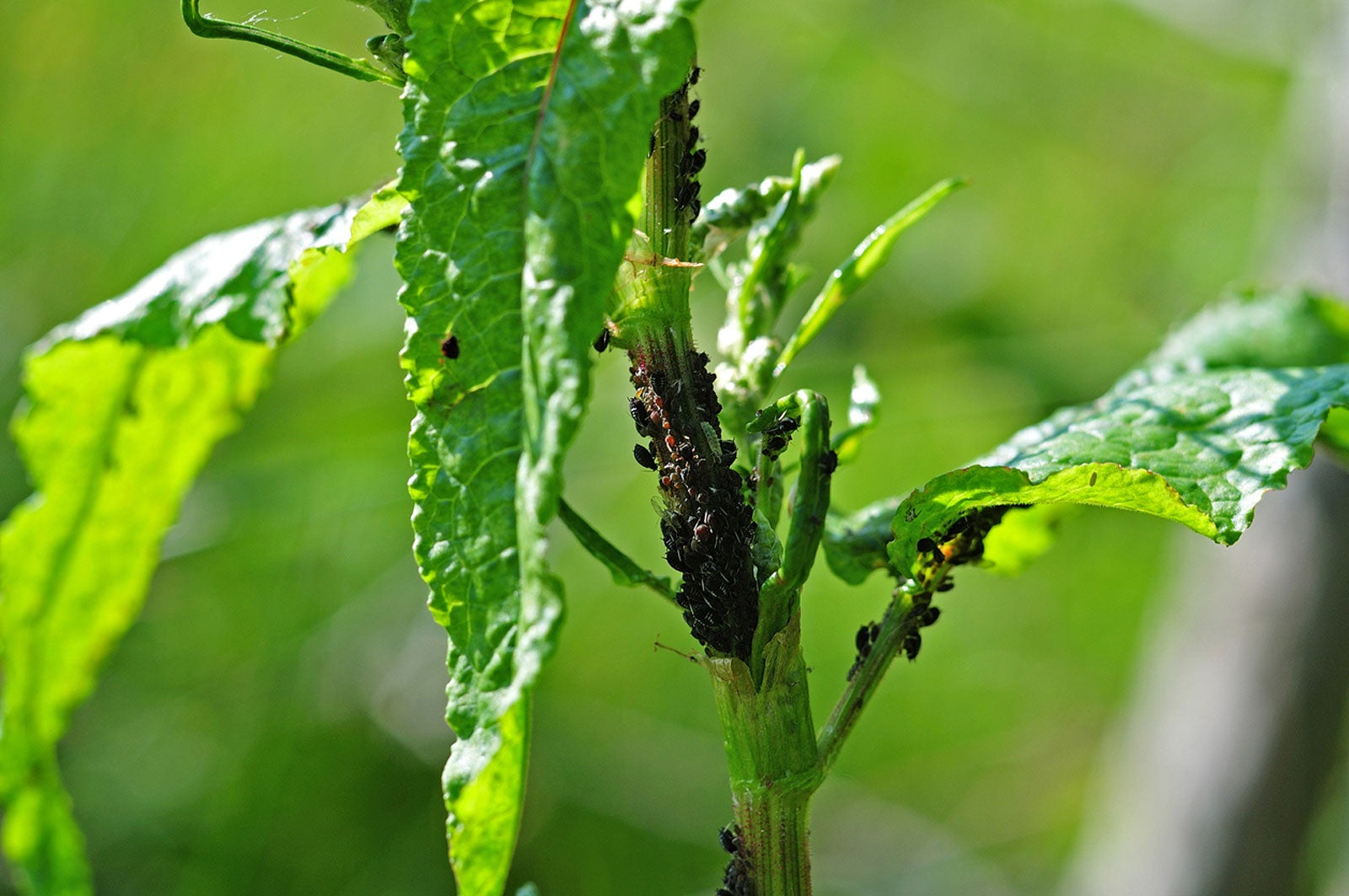 Bugs That Eat Sorrel: Learn About Sorrel Plant Pests
Bugs That Eat Sorrel: Learn About Sorrel Plant PestsSorrel is an interesting herb that can be considered a vegetable or leafy green. One issue you may face growing sorrel is that of pests. If you would like to know about the typical pests of sorrel and how to manage them, click the following article.
By Mary Ellen Ellis
-
 Different Types Of Sorrel – Learn About Common Sorrel Varieties
Different Types Of Sorrel – Learn About Common Sorrel VarietiesSorrel is a perennial herb. It can be grown for its woodland blossoms or specifically for use in recipes. If you want to add something new to your garden, click on the following article for sorrel variety information and growing tips.
By Teo Spengler
-
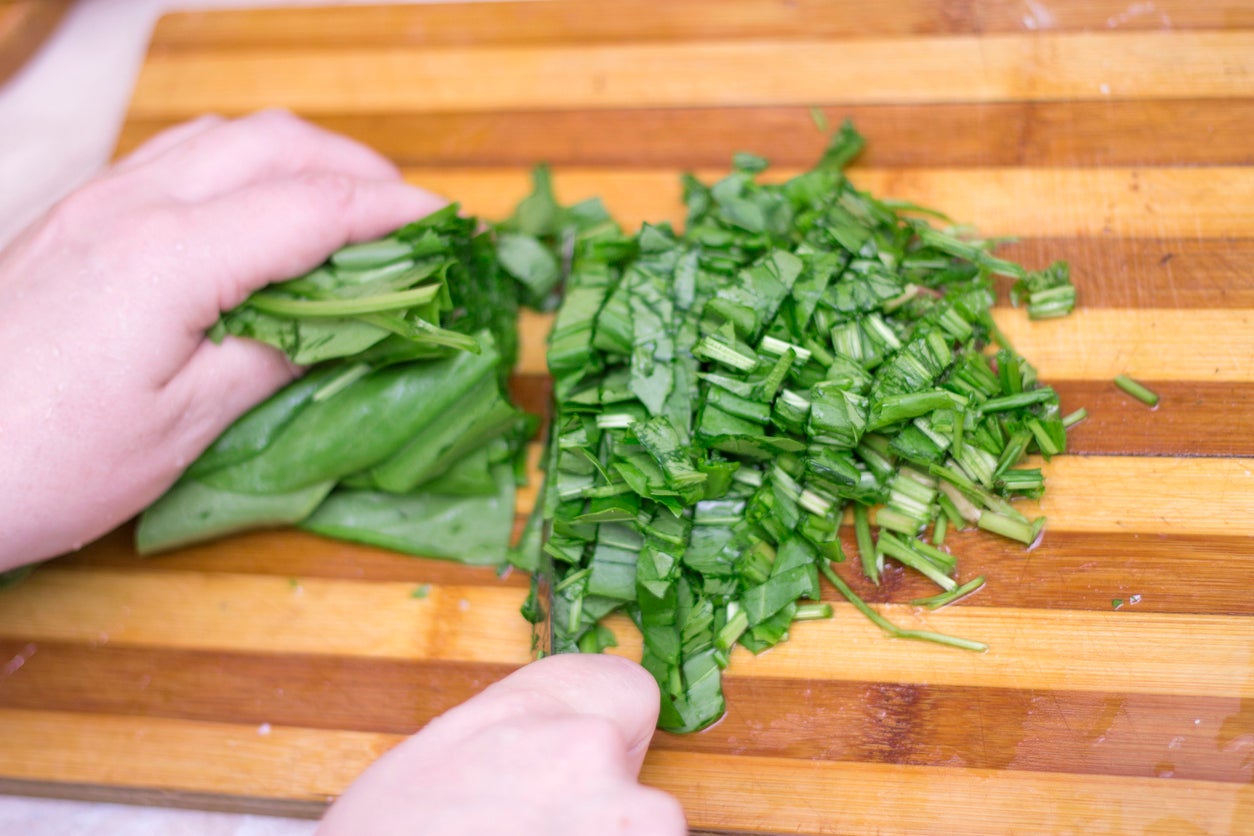 Using Sorrel Herbs – How To Prepare Sorrel Plants
Using Sorrel Herbs – How To Prepare Sorrel PlantsSorrel is a lesser used herb that at one time was a tremendously popular cooking ingredient. It is once again finding its place amongst foodies, and with good reason. Interested in cooking with sorrel? Click here to learn how to prepare sorrel herb plants.
By Amy Grant
-
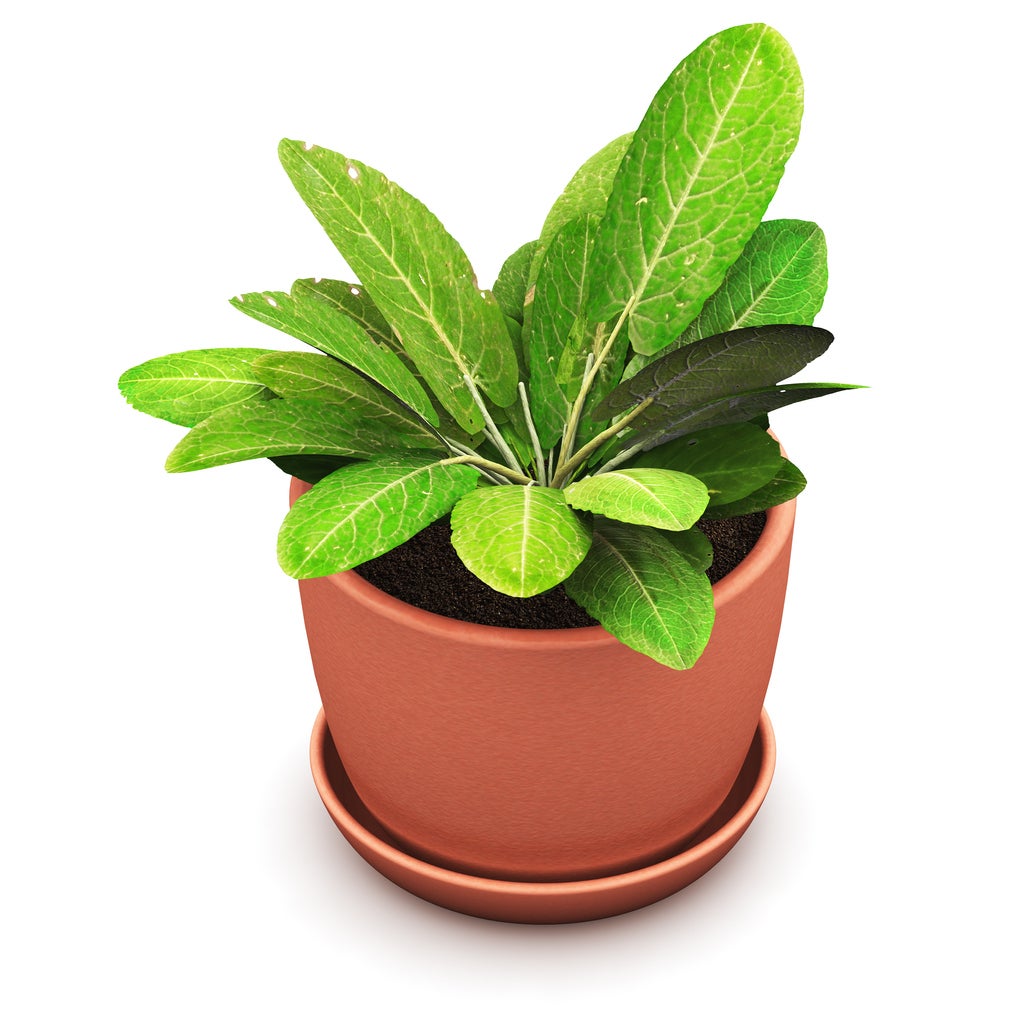 Sorrel In A Container – How To Care For Potted Sorrel Plants
Sorrel In A Container – How To Care For Potted Sorrel PlantsYummy sorrel is an easy leafy green to grow. It is so easy you can even grow sorrel in a container. The lemony, tart leaves will be easy to access in a pot just outside the door, providing variety in the salad bowl and plenty of nutrients. Click here to learn more.
By Bonnie L. Grant
-
 Separating Sorrel Plants: Learn About Dividing Garden Sorrel
Separating Sorrel Plants: Learn About Dividing Garden SorrelDo you need to split sorrel? Large clumps can weaken and become less attractive in time, but dividing garden sorrel every so often in spring or early summer can revive and rejuvenate a tired plant. Learn more about sorrel plant division in this article.
By Mary H. Dyer
-
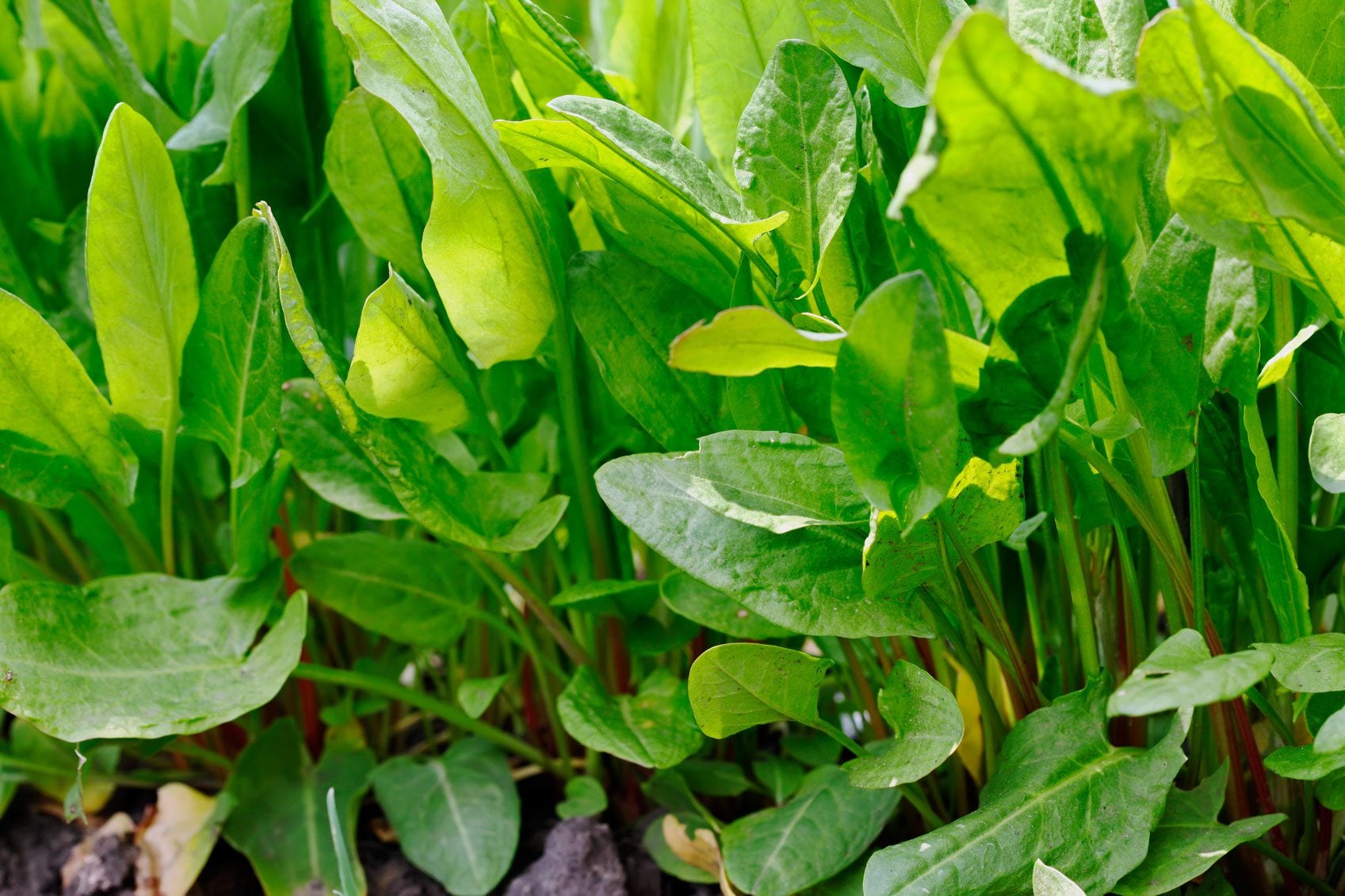 Sorrel Plant: How To Grow Sorrel
Sorrel Plant: How To Grow SorrelThe sorrel herb is a tangy, lemony flavored plant. The herb is widely used in French cuisine but not as well known in the U.S. Find out more about growing and using this herb in your garden by reading this article.
By Bonnie L. Grant